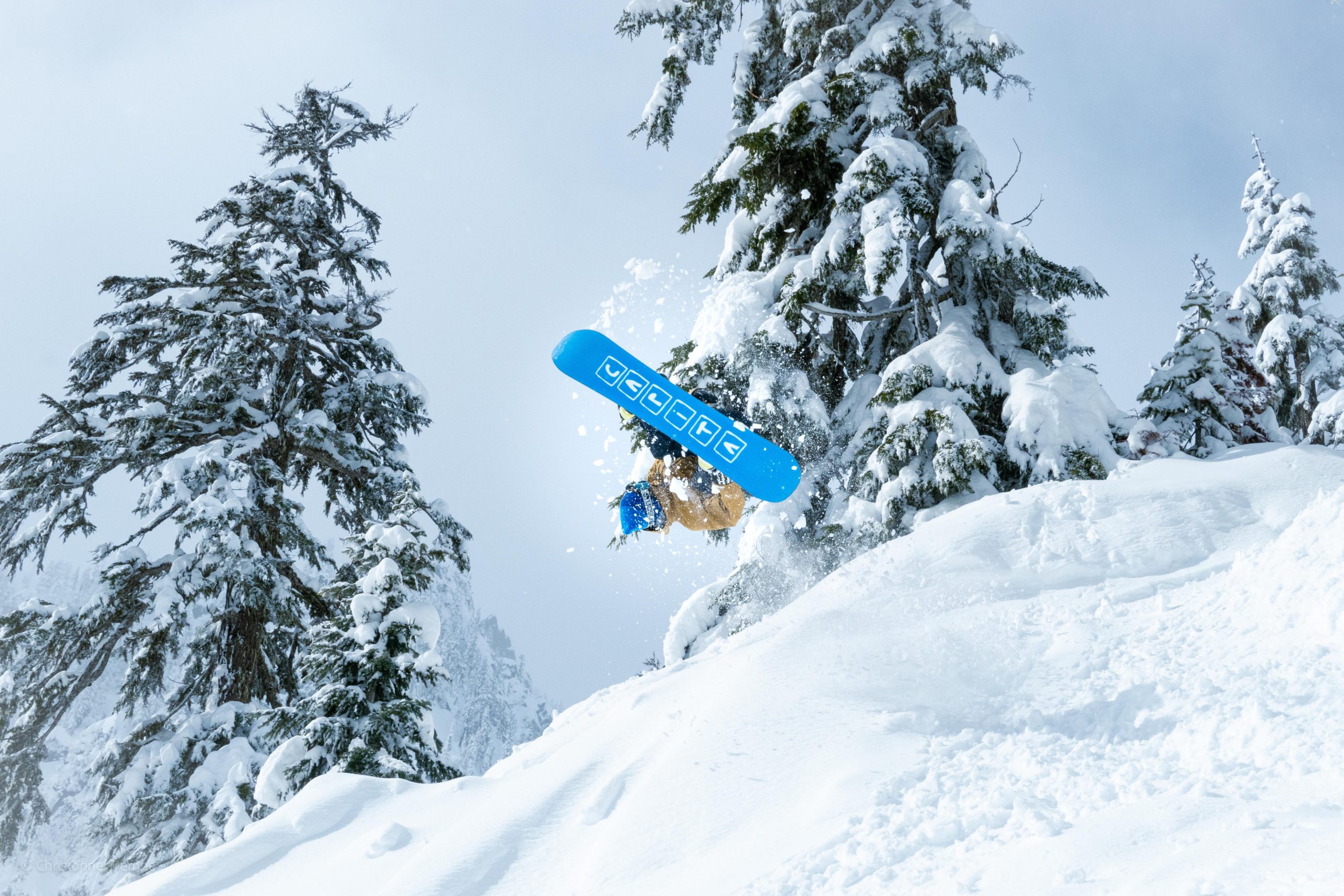Snowboarding is an exhilarating winter sport that offers a thrilling blend of speed, skill, and stunning mountain vistas. For beginners, mastering the basics is key to unlocking the full potential of this adventurous activity. One of the most exciting yet challenging aspects of snowboarding is learning how to land jumps safely. Whether you’re just starting out or looking to refine your technique, understanding the fundamentals of landing jumps can significantly enhance your confidence and enjoyment on the slopes. In this article, we’ll guide you through essential tips and techniques to ensure that every landing is as smooth and safe as possible. With a positive mindset and a commitment to practice, you’ll be soaring and landing like a pro in no time. Let’s dive in and explore how you can make your snowboarding journey both thrilling and secure!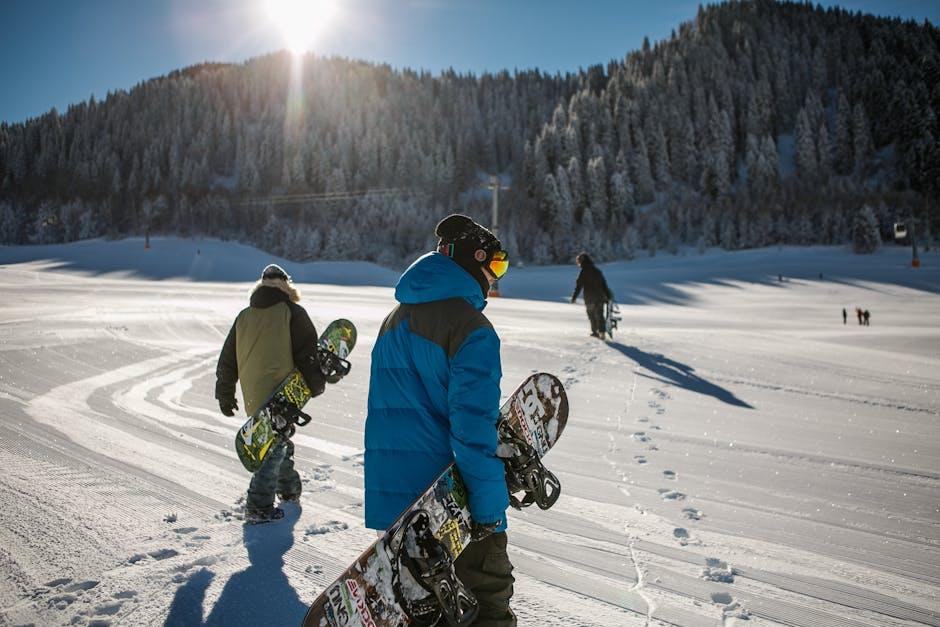
Mastering the Basics of Jumping: Foundation for Safe Landings
To start your snowboarding journey with confidence, it’s crucial to grasp the essentials of proper landing techniques. When executed correctly, these techniques not only prevent injuries but also enhance your overall performance on the slopes. Balance is the cornerstone of safe landings. Begin by maintaining a centered stance over your board. Keep your knees slightly bent, and distribute your weight evenly between both feet. This helps you absorb impact efficiently and stay stable as you land. Additionally, practice keeping your head up and eyes forward to maintain awareness of your surroundings and prepare for any unexpected changes in terrain.
- Engage Your Core: A strong core supports your body during the impact of landing. Focus on tightening your abdominal muscles as you approach the ground.
- Flexibility is Key: Develop flexibility in your knees and ankles. This flexibility allows you to adapt to various landing conditions and absorb shocks effectively.
- Consistent Practice: Repetition is vital. Gradually increase the height and complexity of your jumps as you become more comfortable with basic landings.
By incorporating these foundational techniques into your routine, you’ll build a robust platform for advancing your snowboarding skills, ensuring each landing is both secure and exhilarating.
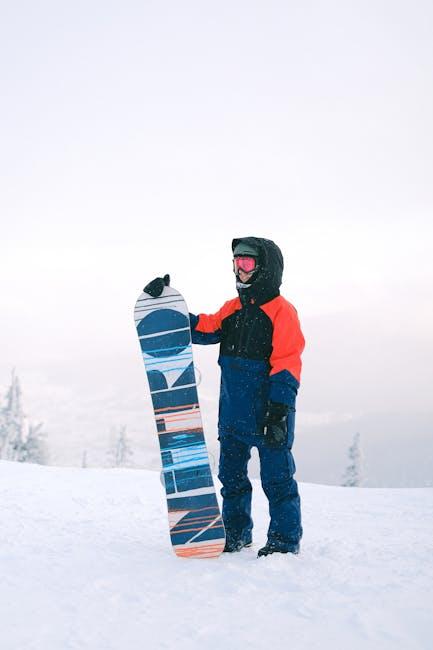
Perfecting Your Stance: Key to Balance and Control
Achieving a perfect stance is fundamental for maintaining both balance and control while snowboarding. Your stance acts as the foundation from which all your movements stem, so getting it right is crucial. Here are some tips to help you find your ideal position:
- Shoulder Alignment: Keep your shoulders aligned with your board. This helps in maintaining balance during take-off and landing.
- Knees Bent: Always keep your knees slightly bent. This stance not only absorbs the impact but also gives you greater control over your board.
- Weight Distribution: Distribute your weight evenly between both feet. Avoid leaning too far forward or backward as it can disrupt your balance.
- Look Ahead: Focus on where you want to land, not on your feet. This will help guide your body and keep your balance centered.
Mastering these elements of your stance will give you the confidence to tackle jumps with greater ease and safety, allowing you to enjoy your snowboarding journey to the fullest.
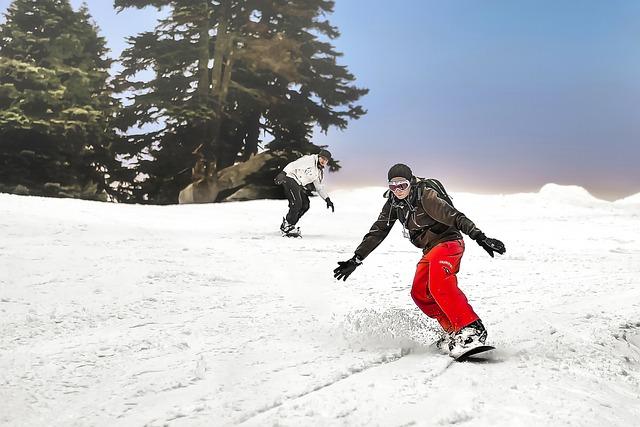
Timing Your Descent: Ensuring a Smooth Landing
Mastering the art of landing jumps in snowboarding requires a blend of timing, technique, and a touch of confidence. As you approach the descent, keep your knees slightly bent and your eyes fixed on the landing spot. This focus helps in maintaining balance and aligning your body for impact. Timing is everything; aim to extend your legs just before touching down to absorb the impact gracefully. Remember, your board should be parallel to the slope, which will facilitate a smooth transition from air to snow.
- Stay Relaxed: Tension can lead to loss of control. Keep your body loose to adapt to the terrain.
- Use Your Arms: Your arms can help maintain balance; position them slightly out to the sides.
- Follow Through: Once landed, maintain momentum by keeping your weight centered over the board.
Practicing these techniques will not only enhance your landing but also boost your confidence on the slopes. Embrace the challenge, and enjoy the exhilarating experience of nailing that perfect landing!
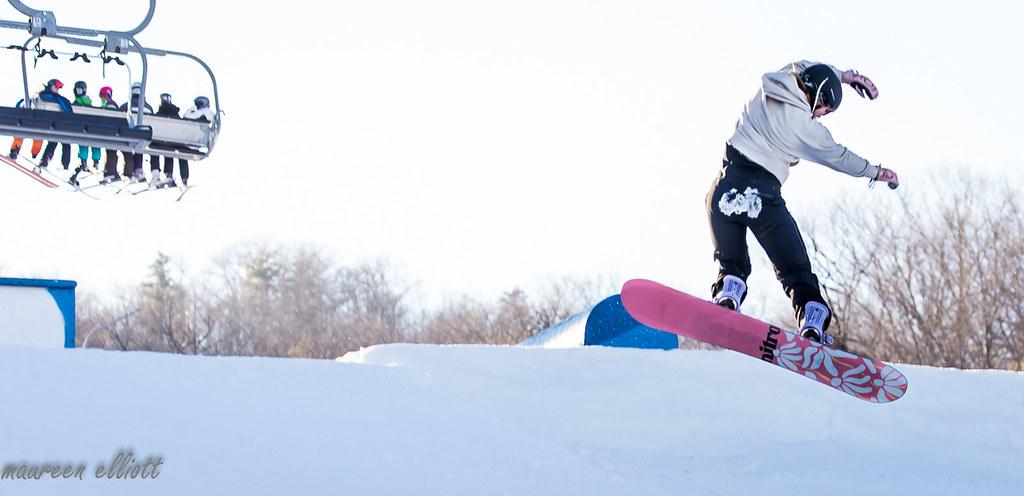
Practicing Mindfully: Building Confidence and Skill
Building confidence in snowboarding is all about developing your skills through mindful practice. When learning to land jumps safely, focus on a few key aspects to ensure both your progress and safety on the slopes. First, understand the importance of balance and body positioning. Maintain a low center of gravity by bending your knees slightly and keeping your weight centered over the board. This stance will help you absorb impact more effectively and maintain control upon landing.
- Approach the jump with a controlled speed that feels comfortable to you.
- Visualize your landing before taking off, focusing on a specific spot where you aim to land.
- Use your arms for balance, keeping them slightly extended to help stabilize your body mid-air.
- Practice small jumps initially to build your confidence gradually before attempting larger ones.
Remember, consistent practice is key to mastering these techniques. Each session on the snow is an opportunity to refine your approach, gain confidence, and ultimately enjoy the exhilarating feeling of landing jumps with skill and ease.
